Can concrete be beautiful? Proponents of Brutalism certainly thought so. The general public, however, remains divided. While some view brutalist buildings as monstrosities and the greatest sin in the history of architecture, others consider them architectural landmarks with historical, cultural, and personal value.
In this episode, we will explain the idea behind this genre of modernism that has become synonymous with dystopian films (A Clockwork Orange, Blade Runner 2049, and Resident Evil: Afterlife) and perhaps inspire a newfound appreciation for brutalist buildings. Stay tuned!
If we were to sum up Brutalism with just a single world, it would definitely be "concrete". Brutalism is, indeed, the celebration of concrete! The term comes from the French word “béton brut,” which means “raw concrete” because concrete was one of the primary, most common materials used in Brutalism. As you likely know, concrete is readily available, handy, and fairly inexpensive. Due to this, it served as the perfect material for large-scale rebuilding projects following World War II. Brutalist architects viewed concrete as a material with integrity and unique expressiveness. They used it extensively and deliberately exposed its textures. In Brutalism you can see how buildings are made as well as what they are made of.
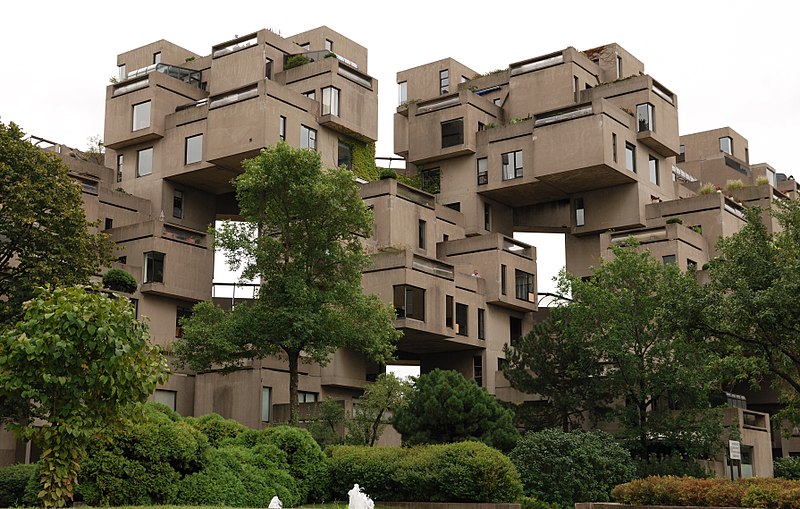
And don't let the name fool you. There is nothing actually “brutal” about Brutalism, except honesty derived from its form and material. While some see this truthfulness of Brutalism as hideous and inhuman (for example, Prince Charles thought the National Theater in London looked like a nuclear power station), others embrace it as an unpretentious, progressive, and egalitarian approach to architecture.
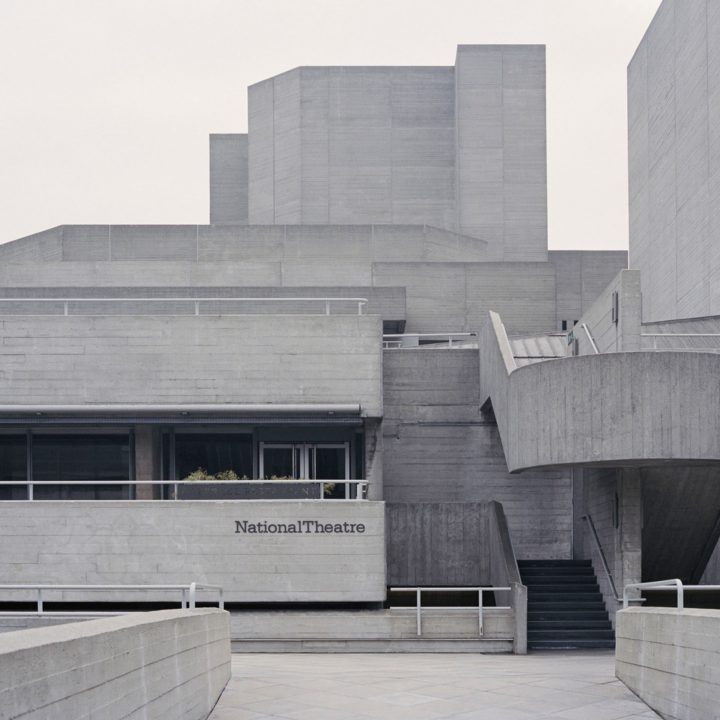
For the most part, Brutalism was a prominent style for public buildings and social housing. Designed with the best intentions, it was meant for the people. The 1950s saw countries all over the world facing challenges with rebuilding war-torn cities efficiently and on limited budgets. The authorities found an easy, quick, and reliable solution to the crisis with Brutalist architecture.
Many associate the beginning of Brutalism with the Swiss-French architect Le Corbusier who is known for introducing reinforced concrete as a key construction material in architecture. In 1952, he completed The "Unité d'Habitation" in Marseille, the famous housing project that laid the groundwork for future brutalist buildings. However, the actual visionaries who articulated the idea of Brutalism were English architects Alison and Peter Smithson. The style took hold worldwide with great speed, soon becoming a symbol of a modern way of life, particularly in the UK and Eastern European Communist countries like the former USSR, Yugoslavia, and Czechoslovakia. Yet, many examples of Brutalism can be found in cities in the US, Canada, reaching as far as Israel, Japan, and Australia.
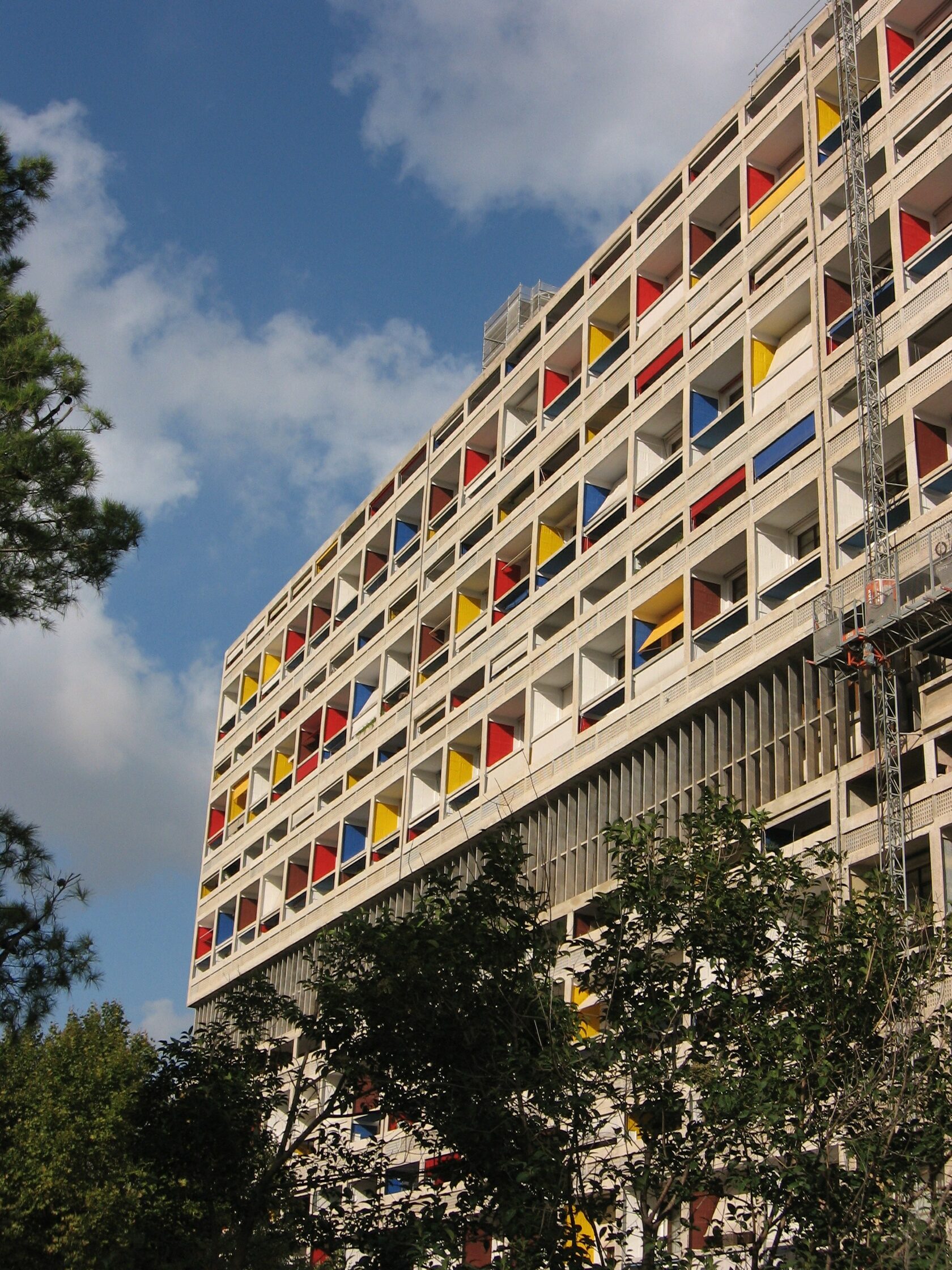
Brutalist buildings are instantly recognizable by their heavy and overt use of concrete and uncompromising structures. Massive, sculptural, rigid, stripped-down, blunt, rough, monochrome – all these words taken together describe the aesthetics of Brutalism.
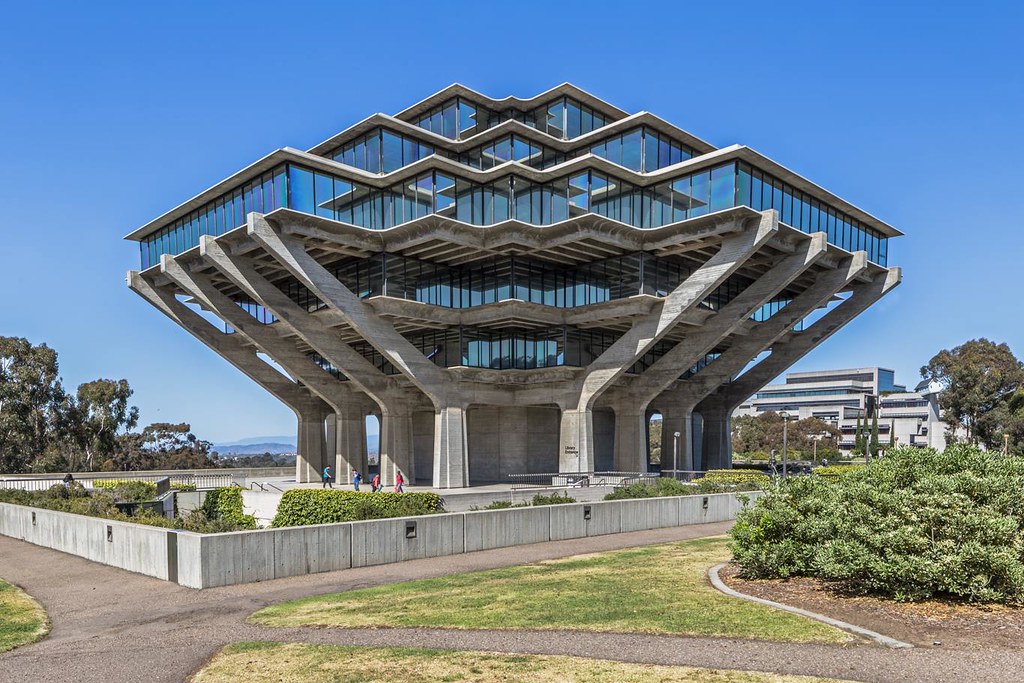
Brutalism died out in the late 1970s. Part of this was due to the energy crisis, which knocked the wind out of the global economy at the time. These monumental urban fortresses were no longer seen as commercially viable. Another reason for Brutalism's decline was that some buildings were poorly built, causing problems to soon appear after completion. Furthermore, they were criticized for what some saw as unwelcoming, bleak, and inhuman impressions. Another mark against Brutalism had to do with the deterioration of concrete. The material doesn't age well, often showing signs of wear and tear when exposed to the elements. Therefore, Brutalism came to symbolize urban decay and economic hardship, which contributed to the style falling out of favor. By the 1980s, the style had given way to structural expressionism and deconstructivism. Countless brutalist buildings have been left to rot or have been torn down since then.
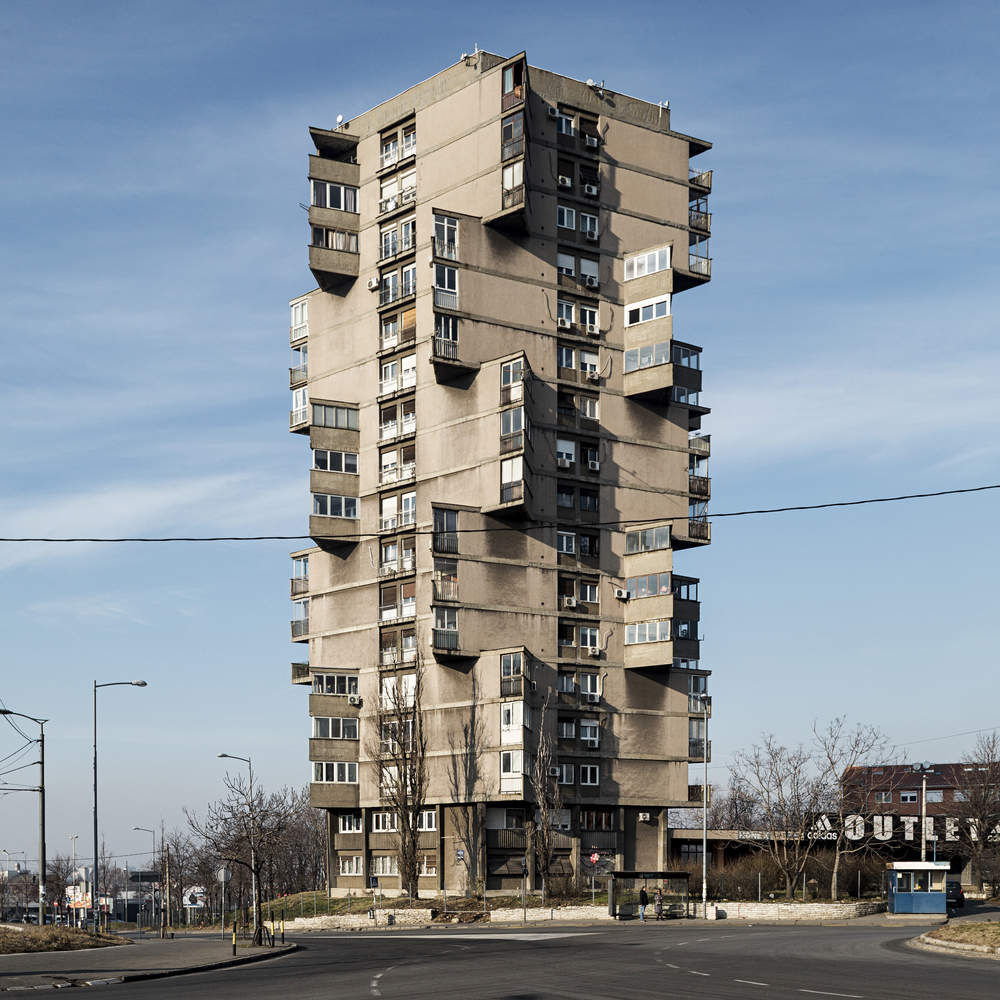
However, the style has been experiencing new appreciation in recent years, especially in social media. We can even see new buildings popping up that are inspired by the raw beauty of Brutalism like Tate Modern and Tate Modern Extension in London designed by Herzog & de Meuron or Issam Fares Institute in Beirut designed by Zaha Hadid. While some still consider brutalist buildings to be eyesores, many architects, conservation groups, and architecture lovers believe that these bold monolithic structures need to be preserved, revalued, or repurposed as landmarks of architectural and cultural value. Otherwise, we will lose a piece of our collective communal history.
